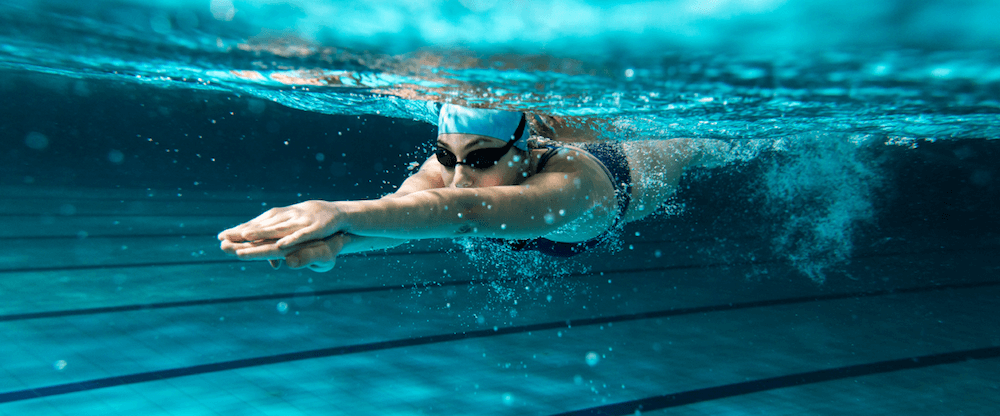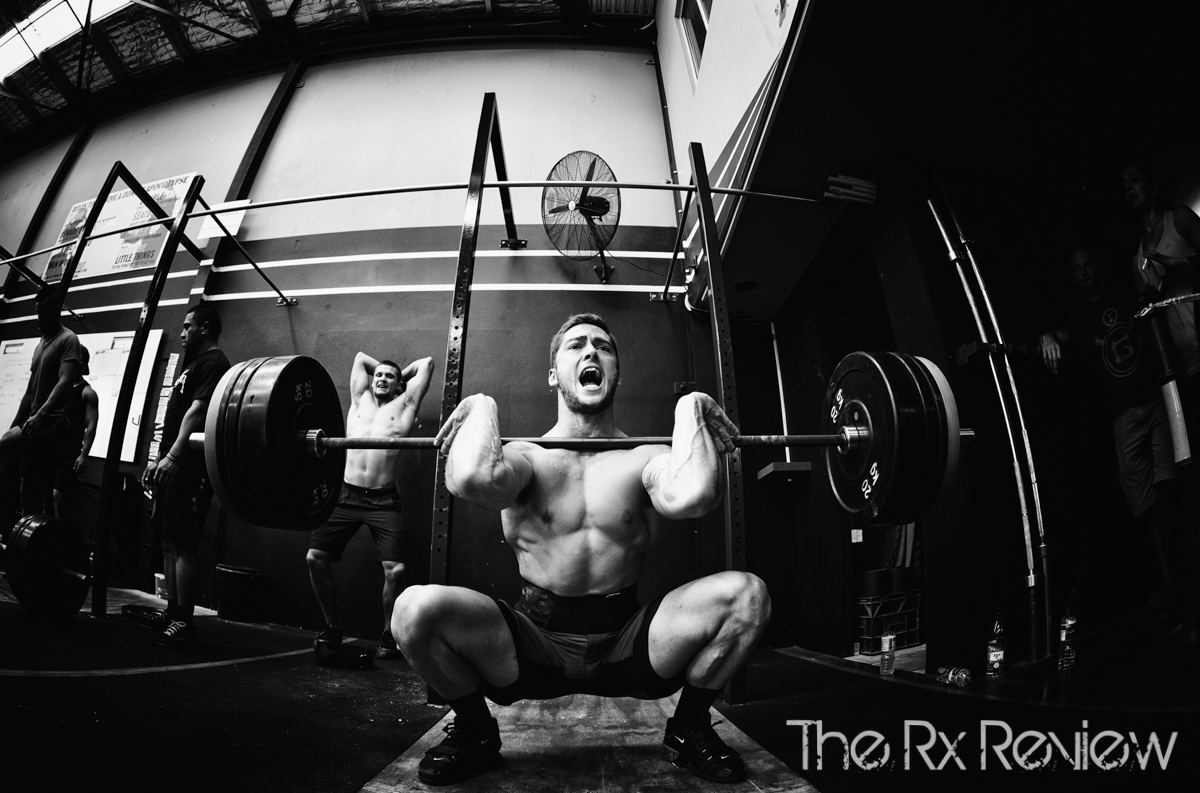
The average person burns 590 calories per hour when swimming at high intensity, according to MySwimPro. That is more than the hourly rate if you run at a consistent speed of 8 miles per hour. While every exercise method has its benefits, swimming has a few of its own that is nothing to scoff at. So, if you live near a swimming pool, going for a regular swim is definitely a great way to squeeze in a quick and easy workout every day.
Low-Impact, Tons of Health Benefits
Swimming is known amongst fitness circles as the definitive low-impact full-body exercise. So, what exactly does this mean? Essentially, this means that it entails all of the benefits of a regular full-body workout, but without the risk of injury to your muscles and bones. You just have to do it for longer periods of time. It is fantastic for training cardiovascular and muscular strength because it constantly makes you use almost all of your muscles. The glutes, trunk, and shoulders all work together to keep balance in the water, especially when doing strokes.
The limbs are always moving to keep you afloat and propel you. There is also a wealth of health benefits to be had when you engage in regular swimming. For one thing, it can strengthen your immune system substantially. However, its main advantage lies in its positive effects on circulatory health. Even just an hour of swimming daily can greatly reduce the risk of heart attacks, high blood pressure, and even stroke.
Builds Endurance
Since swimming workouts put your endurance to the test, your efficiency hinges on the proper warm-up. Your warm-up should place extra emphasis on the back, shoulder, and limbs. Some experts say that the drills done by sprinters are great for preventing leg cramping. To assist with floating, it is recommended that you employ relaxation techniques, as tense muscles tend to be denser. Finally, brush up on some basic water safety guidelines to prevent anything untoward from happening while doing your workout.
Improves Physical Movements And Strength
You might think that swimming as a workout involves broad strokes and other extensive motions. The truth is, you’ll make much better progress with tight, efficient movements. Focus on quick pulls with your arms entering the water a few inches from your head, hands held straight and parallel to the water’s surface. Legs should be straight as well, as you propel yourself with small, rapid kicks. It is recommended that you swim as far as your limits would allow on your first go-around, so you can better gauge how to portion your laps into fast and slow segments.
This is best done in Olympic pools, but if you are swimming in open water, try to measure your laps in 50-meter intervals. Once you get the hang of things, you can isolate muscle groups in order to work on them better. Use a kickboard if you want to focus on your legs, or flippers if you want to focus on your upper body. On the other hand, trying to stay afloat without the help of your limbs works your core and lower back.
Aside from the necessity of being near a pool or body of water, there really are virtually no downsides to swimming as a serious workout routine. As long as you observe proper warm-up procedures, safety guidelines, and form, it can be an easy and fun way to keep fit.


















Follow Us